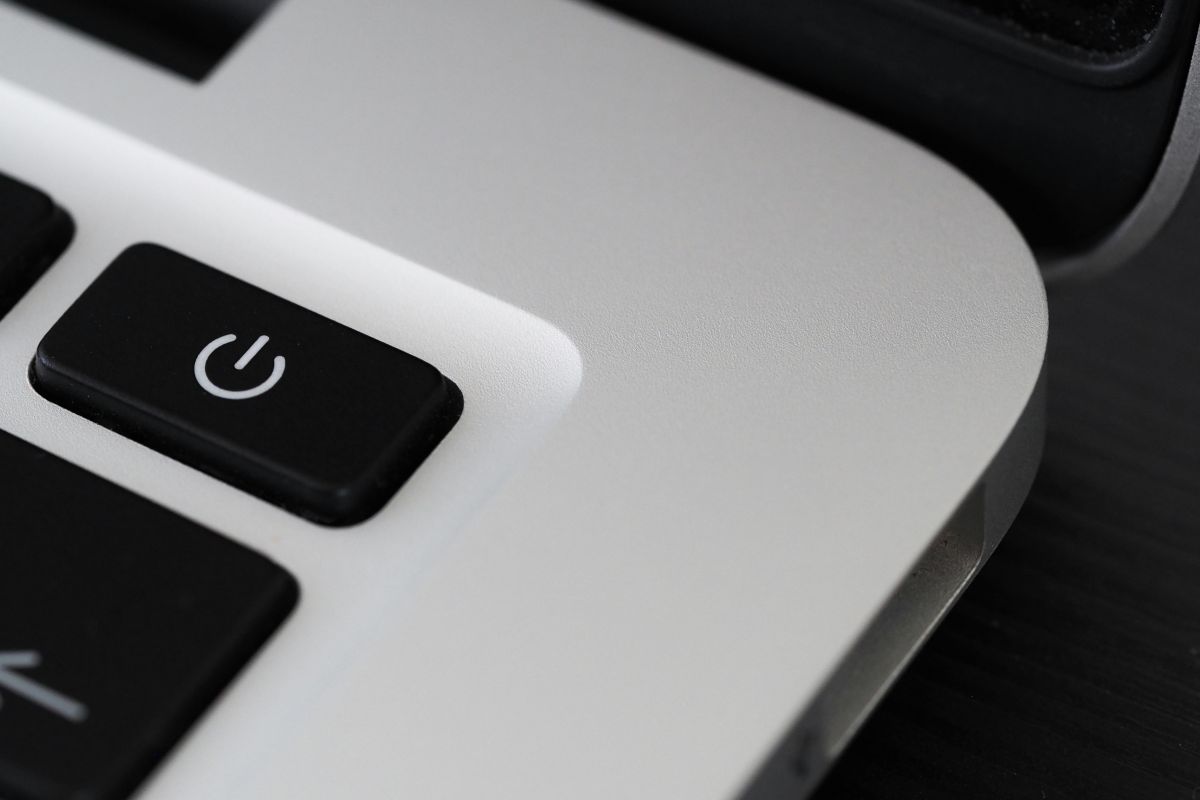
Jakarta (ANTARA) – Have you ever been intrigued or noticed the “I” and “O” symbols printed on the power button of electronic devices such as computers, televisions or other machines?
It may seem simple, but it turns out that these two symbols have important meanings that have been used internationally for decades. The “I” and “O” symbols are not just a cosmetic design, but are universal codes that indicate the on (on) and off (off) status of electrical devices.
So, why does the power button use the “I” and “O” signs? The following is a complete explanation of the meaning of the symbols we often encounter on electronic devices and their functions, based on information gathered from various sources.
The “I” and “O” symbols on the power button
Not all electronic devices have a power button that displays the “I” and “O” symbols. On some devices this symbol is even removed completely. However, many modern devices still use it because this symbol has a special meaning directly related to the function of the power button itself.
The “I” and “O” symbols are not just design elements, but representations of the device’s power status. These markings are created to make it easier for users to understand when the device is on or off.
The meaning of the symbols “I” and “O” according to international standards
Referring to information from International Electrotechnical Commission (IEC), an international institution that regulates standards for electronic devices, the symbol on the power button has a universal meaning. The “O” sign is used to indicate the off position or the device is turned off, while the “I” sign indicates the on position or the device is turned on.
In general, two types of power button symbols are in use today. First, the symbol with the separated “I” and “O” is known as the on/off switch. Secondly, the “I” in “O” symbol, used on the buttons standby. Even though they look similar, they both have different functions.
Difference between on/off button and standby
The on/off button has the function of completely disconnecting or connecting the power supply. When you press this button, the device no longer receives power and stops working completely.
Meanwhile, button standby it works differently. When pressed, the device does not turn off completely, but instead enters the mode sleep or waiting. In this state, the device still uses a small amount of energy to keep some functions active, such as memory or signal reception.
The main function of the power button
In general, the power button functions as a connector and switch for electrical current to the device, similar to a light switch. This button is typically located on the front, side, or back of the device and makes a sound when pressed to indicate a change in power state.
In addition to its mechanical function, the power button is often equipped with distinctive symbols to make it easier to recognize. The two most common symbols are the circle (O) and the plumb line (I), which have now become universal icons for the power button of various electronic devices.
The presence of this symbol helps users around the world understand the function of the buttons without the need to read instructions or understand a specific language. This way, users on all continents will be able to recognize the meaning of the power button only through this visual symbol.
Interestingly, the use of the signs “I” and “O” has been officially regulated by International Electrotechnical Commission (IEC) to ensure uniform standards across all electronic devices.
Over time, the design of the power button has also evolved from a physical form that is pressed to a more modern touch button. Although the appearance has changed, the symbols “I” and “O” are still retained because they have become a universal technological language, easy for anyone to understand.
Therefore, every time you press the power button of an electronic device, the small “I” and “O” symbols actually represent a simple, efficient and still relevant global communication system.
Read also: Apple gets patent for fingerprint on power button
Read also: How to take screenshots on Oppo mobile phones, without physical buttons
Read also: Review – POCO F4 GT, multifunction pop-up trigger
Reporter: Sean Anggiatheda Sitorus
Publisher: Alviansyah Pasaribu
Copyright © ANTARA 2025
Automatic retrieval of content, crawling or indexing by artificial intelligence on this website is strictly prohibited without written permission from ANTARA news agency.



